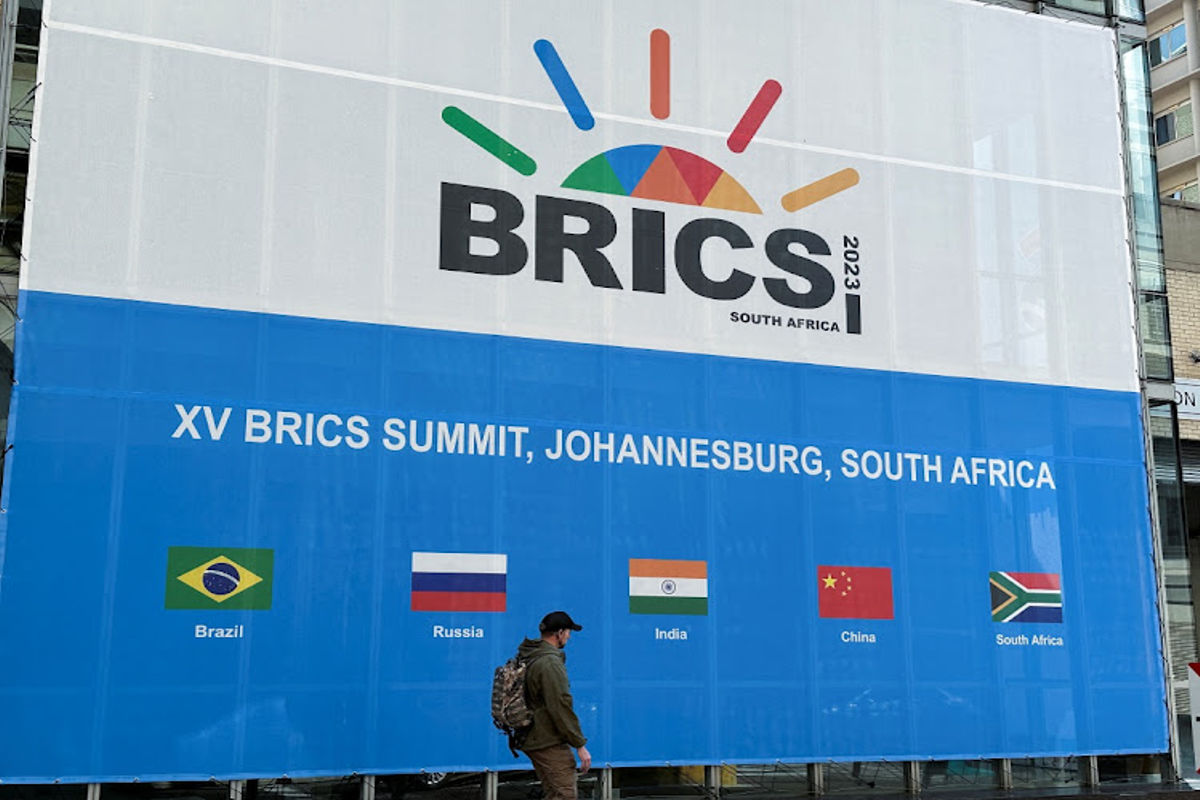
When the BRICS nations and their allies convene in Johannesburg, India’s economic might and its alliance with South Africa can inspire Brics to become a pillar of the new multipolar order as global differences widen.
In light of the deteriorating tensions between Russia and the NATO nations over Ukraine, the group of developing economies has assumed greater importance. India and South Africa have a special connection that can guide the Brics in fostering global stability and equitable prosperity in these unsettling times.
I have experience with the economic linkages and great potential for growth in relations between the two nations, despite the fact that these relationships are already strong. I have lived and worked in both South Africa and India. South Africa was the 35th largest source of foreign direct investment into India from 2000 to 2022, and bilateral trade between the two nations in 2022 exceeded $18 billion (about R342 billion).
A tighter partnership between South Africa and its neighbor on the subcontinent, whose economy is thriving while much of the world struggles with economic issues, can only be beneficial.
According to Forbes India, India’s GDP reached the $3.75 trillion (about R71 trillion) milestone this year, propelling it from the tenth to the fifth largest economy in the world. In comparison to the US, China, and Germany, India’s GDP is the lowest.
This data challenges the cynical propensity to discount the importance of BRICS. This would be less likely if the economic measure took center stage. For instance, a recent Times of India analysis that examined IMF data on global GDP based on purchasing power parity since 1982 shows a consistent reduction in the proportion of the G7 nations and an equivalent steady rise in that of the Brics nations.
According to the paper, the percentage of the G7 countries in the global GDP decreased from 50% in 1982 to 30% in 2022 based on this metric, while the share of the Brics countries climbed from 10% in 1982 to 31% in 2022.

















